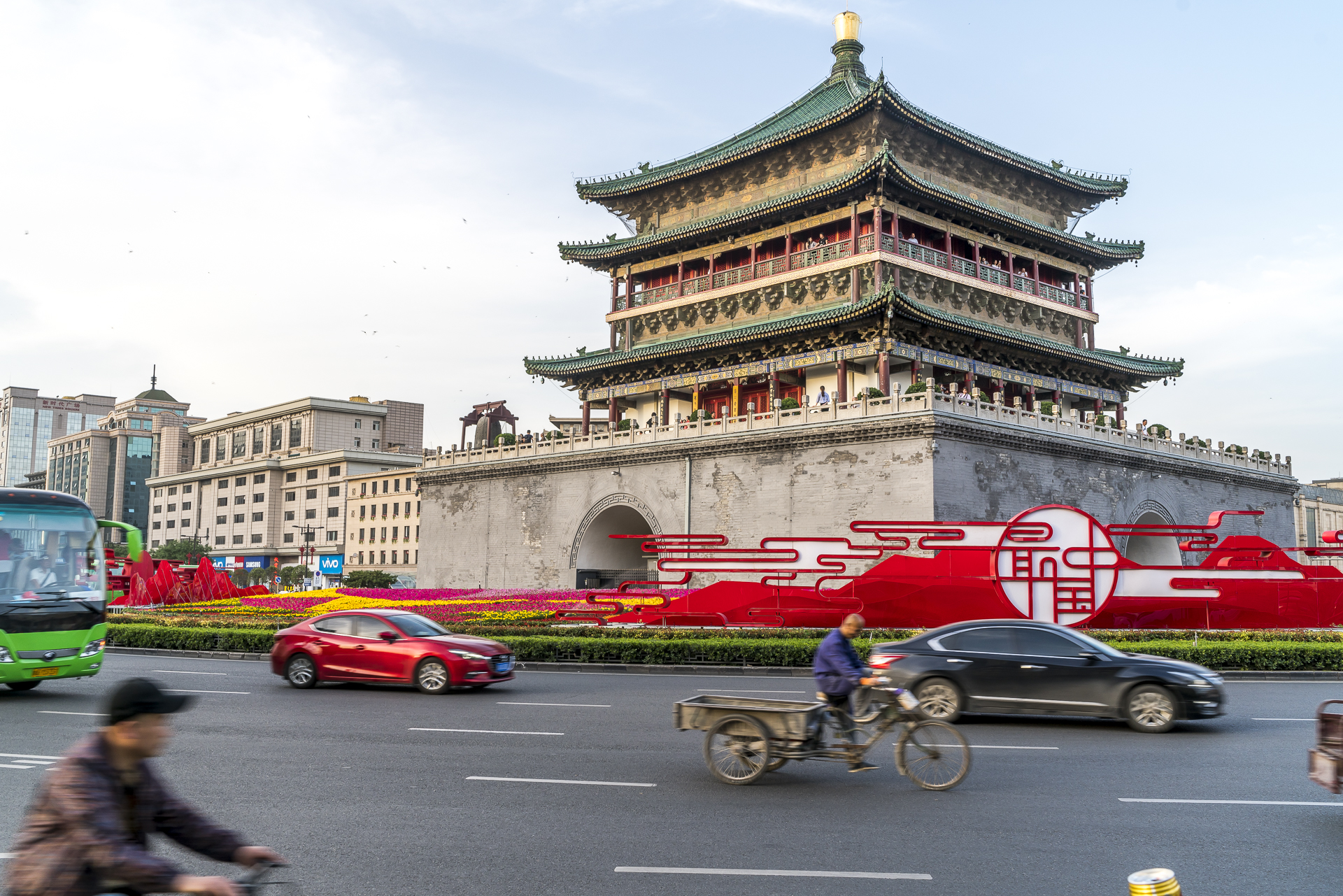
Xian city trip: China Highlight Terracotta Army visit
Camel caravans, beguiling spicy notes, precious silk fabrics and magnificent oasis towns; I associate the Silk Road with a touch of exoticism and a journey to fascinating ancient sites between China and Europe. And it is precisely this formerly important trade route with a historical starting point in Xian that is the focus of the last leg of our six-month journey. Our timing is ideal. In recent years, China has stepped on the gas and pushed ahead with a gigantic infrastructure project called the “New Silk Road”. An ideal time to visit the historic places of the Silk Road.
The expansion of the railway lines and the road network between China and Europe primarily serves the Chinese export industry. At the same time, however, China is also boosting domestic tourism. For many Han Chinese, a trip to the northwestern autonomous province of Xinjiang is comparable to a trip to a distant foreign country, as one of our tour guides tells us along the way. This trip also has a lot of exciting things in store for us.
Xian: The Gateway to the Silk Road
The starting point of our six-week journey along the Silk Road from China via Kyrgyzstan and Kazakhstan to Uzbekistan is China’s old capital Xian. Xian is not only the gateway to the Silk Road, but thanks to the famous Terracotta Army, it is an integral part of numerous classic China round trips. In organizing this last leg of the journey, the Swiss travel specialists Globotrain and Globotrek supported us with their know-how. As a basis for planning our China itinerary, I used the Globotrain travel suggestion “along the New Silk Road through China“.
Arriving by night train
With regard to the “New Silk Road” project, China has put a lot of effort into the expansion of the rail infrastructure in recent years. At the same time, China has invested in the development of high-speed trains. The result: a more than 7,000 km long high-speed network on which Chinese rolling stock has been on the road since 2017. The entire route from Beijing to Urumqi has been developed accordingly, which greatly shortens travel times compared to the past. Starting from Beijing, you can reach Xian in a good 4.5 hours by express train.
In order to have a little more time available in Xian, we decide against the express train and take the night train instead. The local partner of Globotrain got us the appropriate tickets in advance and reserved the two lower beds in the 4-person compartment of the soft class. The two Chinese ladies who share the compartment with us are not very enthusiastic about this distribution of space and try to persuade us to change. But since the tickets for the lower beds are more expensive and it seems more comfortable there – as long as we don’t sleep yet – we don’t get involved in this deal. Our two neighbors settle into the folding seats in the aisle and type energetically on their laptops until late into the night. All in all, our first night train ride in China is pleasantly quiet and with a deep sleep almost as quickly as if we had taken the express train from Beijing to Xi’an. By the way, despite the express train connection, our night train was fully booked!
Discover Xian on your own
At the entrance to Xian train station, our English-speaking tour guide is already waiting for us, who accompanies us to the hotel and takes care of the formalities. For us, of course, extremely comfortable. Immediately after checking in, however, she says goodbye again. Today, the individual exploration of Xi’an is on the itinerary, while for the second day of the trip, a guided tour of the city and an excursion to the Terracotta Army together with our tour guide are planned. For us, it’s a great combination. So we have the opportunity to first get our own impression of Xi’an and then to get facts and interesting facts from the local tour guide.
Big Wildganspagode |
Our hotel is located right in the center of Xian, opposite the bell tower. The perfect location to explore the area on foot within the historic city walls. However, the first thing we intend to do is to visit one of the landmarks of Xi’an, which is located further south outside the city walls. After some back and forth, we find the bus station, which is served by bus number 609, which goes from the center towards the Big Wild Goose Pagoda. The entrance fee to the temple complex is 100 yuan. If you want to enjoy the view from the 7th floor of the pagoda, you pay 60 yuan extra. I think it’s worth it!
Nudelplausch |
Without a proper breakfast after the ride on the night train, our stomachs are now growling. Luckily, there is an offshoot of “First Noodle under the Sun” near the Big Wild Goose Pagoda. Xi’an is known for its noodle dishes, and this local restaurant chain serves the famous Biang Biang noodles. Be sure to try it out – the waitress (with luck) understands a little English.
The Forest of Stelae of Xian |
Another interesting attraction in Xian is the Stelae Forest Museum, which is located in a Confucian temple complex not far from the southern gate of the city wall. The exhibition consists of various stone tablets on which Confucian classics as well as important calligraphic works are carved. I was particularly fascinated by those stelae that contrast the old Chinese characters with the newer simplified characters. Information and explanations in English are unfortunately only sparsely available.
The Muslim Quarter |
In the early evening we go to the Muslim quarter, which starts directly behind the drum tower and is therefore close to the center. While strolling through the main street, on the edges of which one food stall follows the other, we get a first impression of the cultural diversity that awaits us on the upcoming journey along the Silk Road. This includes the cuisine and customs of Muslim populations such as the Hui Chinese and the Uyghurs. In addition to many delicacies, there is also a special mosque to discover in the Muslim quarter. The Grand Mosque is hidden behind high walls at 30 Huajue Lane and surprises with an exciting architectural combination of traditional Chinese elements and Islamic art. I found the short tour of the facility extremely exciting (entrance fee per person 50 yuan).
Lichterspektakel |
Immediately after dark, we head for the drum tower. Both the Bell Tower and the Drum Tower are accessible for an entrance fee (Drum Tower entrance fee 70 yuan) and offer a fantastic overview of Xian’s colorfully lit center during Blue Hour.
Not far from the Drum Tower, you will have the opportunity to taste another of Xian’s specialties: the Roujiamo meat sandwich. This is basically just flatbread filled with boiled pork and tastes very delicious (if you eat/like meat). You can find this speciality at Fanji Lazhi Rou Jia Mo, for example, which is less than a 10-minute walk from the Drum Tower at 53 Zhubashi Street.
Excursion to the Terracotta Army
The next morning, together with our local tour guide and a driver, we will go to Lington, 35 km away. Here you will find the mausoleum of Qin Shihuangdi with the impressive Terracotta Army. The morning traffic is less viscous than expected and so we reach the small town north of Xi’an quickly. Before we visit the tombs, we stop at a state-owned factory that produces replicas of the terracotta figures. For us, it seemed that the stop in this state-owned factory would be prescribed to the tour operators, who are also state-owned. However, the tour of the factory’s “showroom” and the subsequent “mandatory stay” in the sales shop were entertaining and not all that unexciting.
After this – as I suspect – state-ordered flying visit, we reach the tomb of the first emperor of the Qin dynasty, Qin Shi Huang Di. Due to his ruthless tyranny with forced labor, he is an extremely controversial figure in Chinese history. More than half a million forced labourers were also used for the construction of his monumental tomb on an almost unbelievable area of 56 km2.
Our tour guide leads us through the complex in an educational way and starts with a visit to the exhibition of chariots and ancient weapons, which are also among the important excavation objects. After that, we will look at excavation halls 2 and 3, where the restoration work is still ongoing. The tour of these halls impressively shows what the state of the pits is and how much work is put into the restoration of the figures. Most of the figures lack heads and limbs, which are “patched together” in many steps. Our tour ends in the largest and most impressive of the three exhibition halls – Hall 1. Here, almost 2,000 restored life-size figures stand in rows and we marvel at the details; The fine facial features, the different headgear and one or two surprising facial expressions. In the original, the figures were painted. Paint residues can still be seen on a few figures, which makes them seem even more “lifelike”. Research is currently underway into which methods can be used to preserve the paint during further excavations – it remains exciting to see whether other excavation halls will follow soon.
If you are not traveling with a tour guide/driver organized by a tour operator like us, you will find various bus lines around the Xi’an railway station that serve the route Xian Center – Terracotta Army Museum. With the “Turist Bus Line 5” connection, the journey takes about an hour.
Cycle around the old town
Another highlight of Xian is the ancient city wall that surrounds the entire old town. Xian is not immune to the Chinese construction boom either, and to the left and right of the city wall, unadorned high-rise buildings dominate the cityscape. However, the green belt with the fully preserved city walls gives Xian its uniqueness. The opportunity to cycle 12 car-free kilometres around the city centre of a major Chinese city is also unique. We rented a tandem at the South Gate for a fee of 90 yuan and drove around the massive city wall in a good 1.5 hours. An absolutely recommendable experience. So we got to know Xian again from a whole new perspective.
Note: This leg of the journey was supported by Globotrain. All opinions and impressions are, as always, ours.


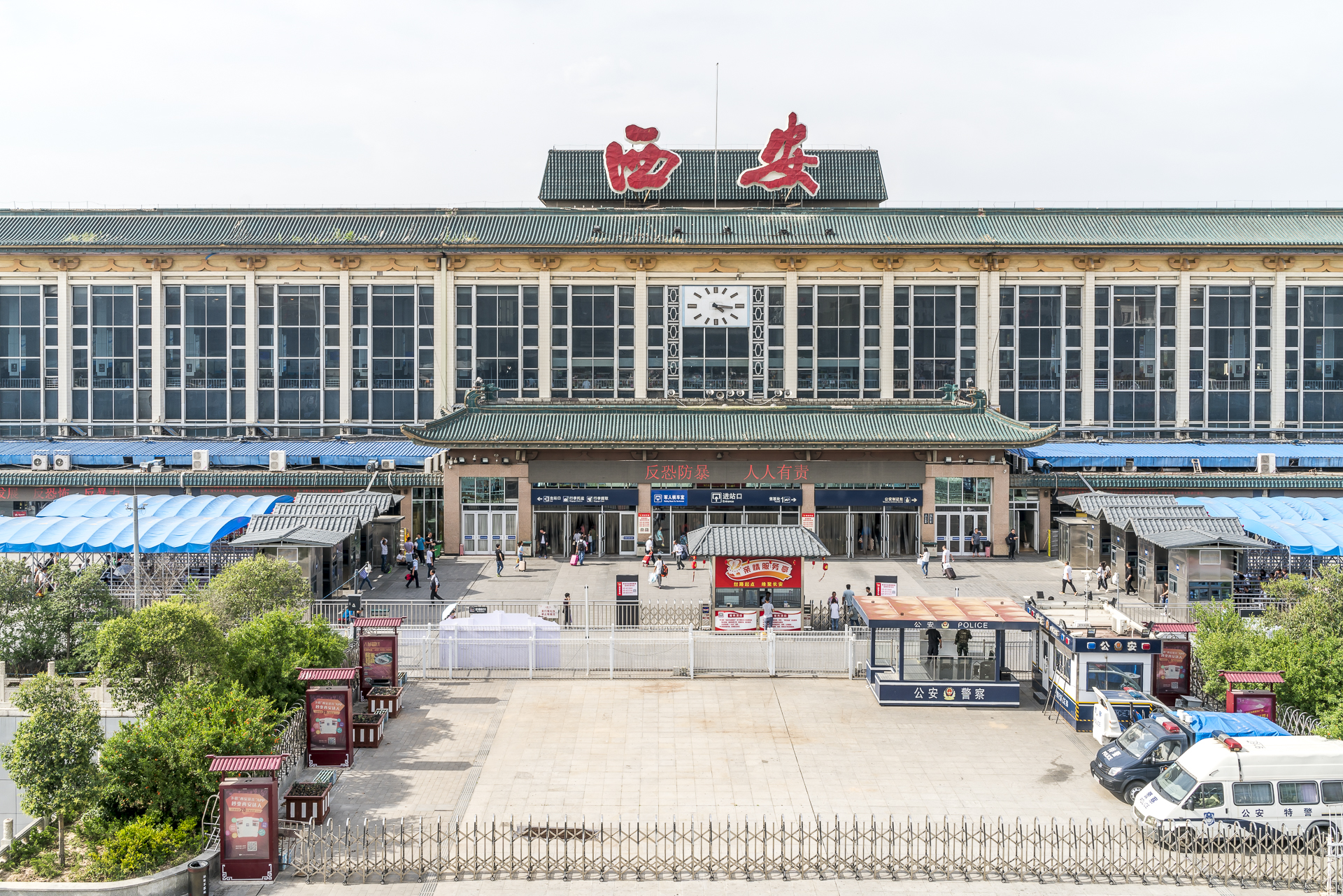

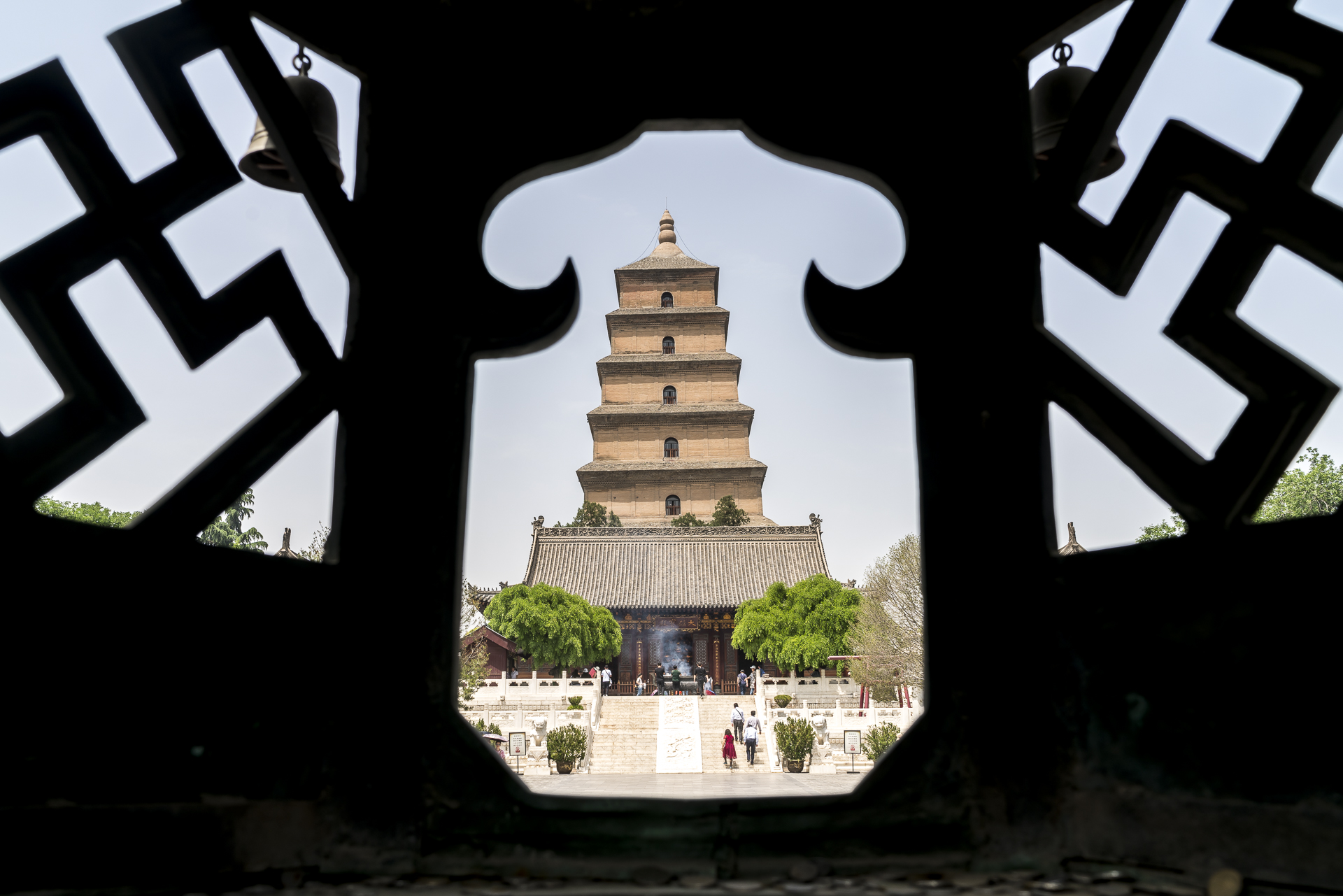

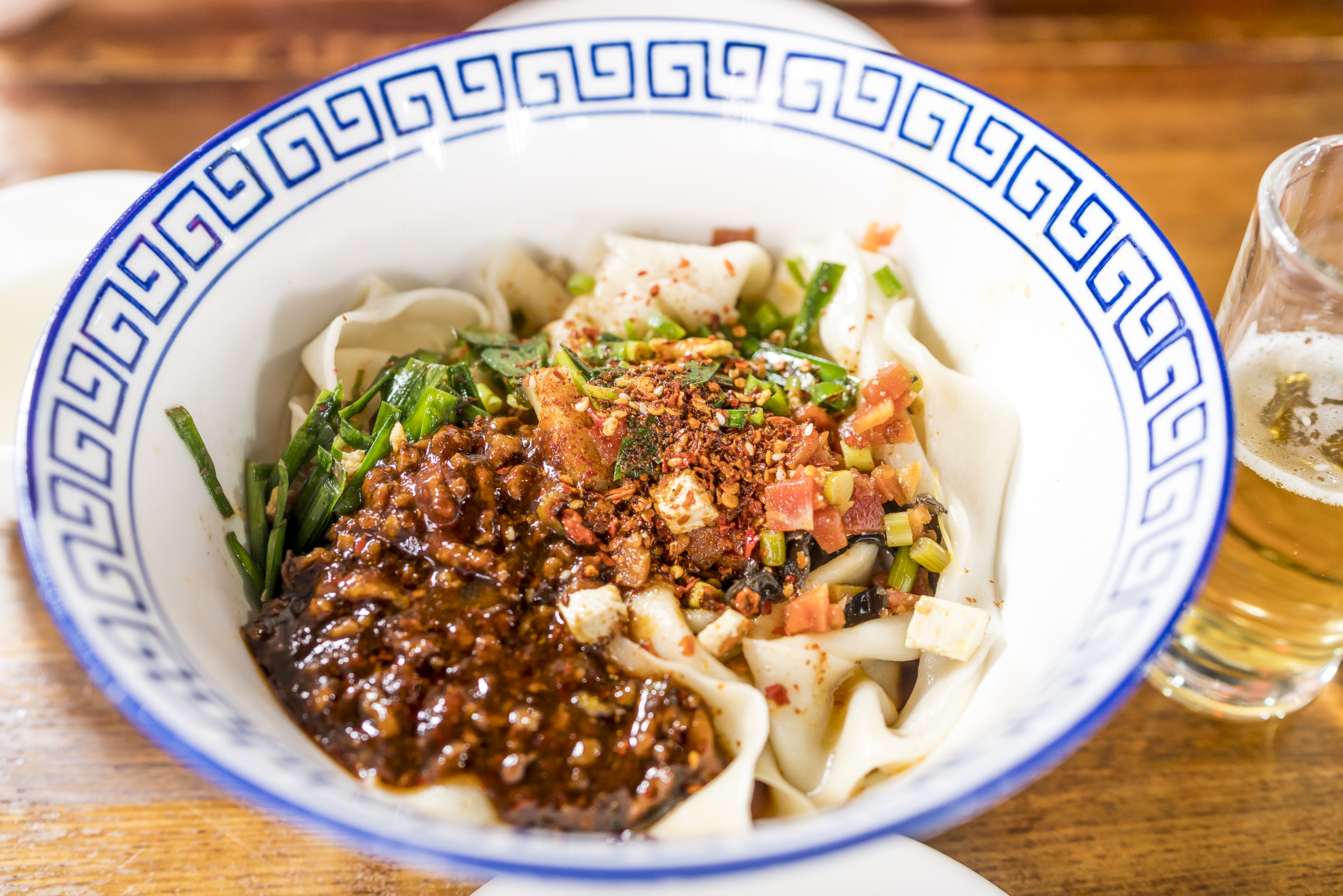
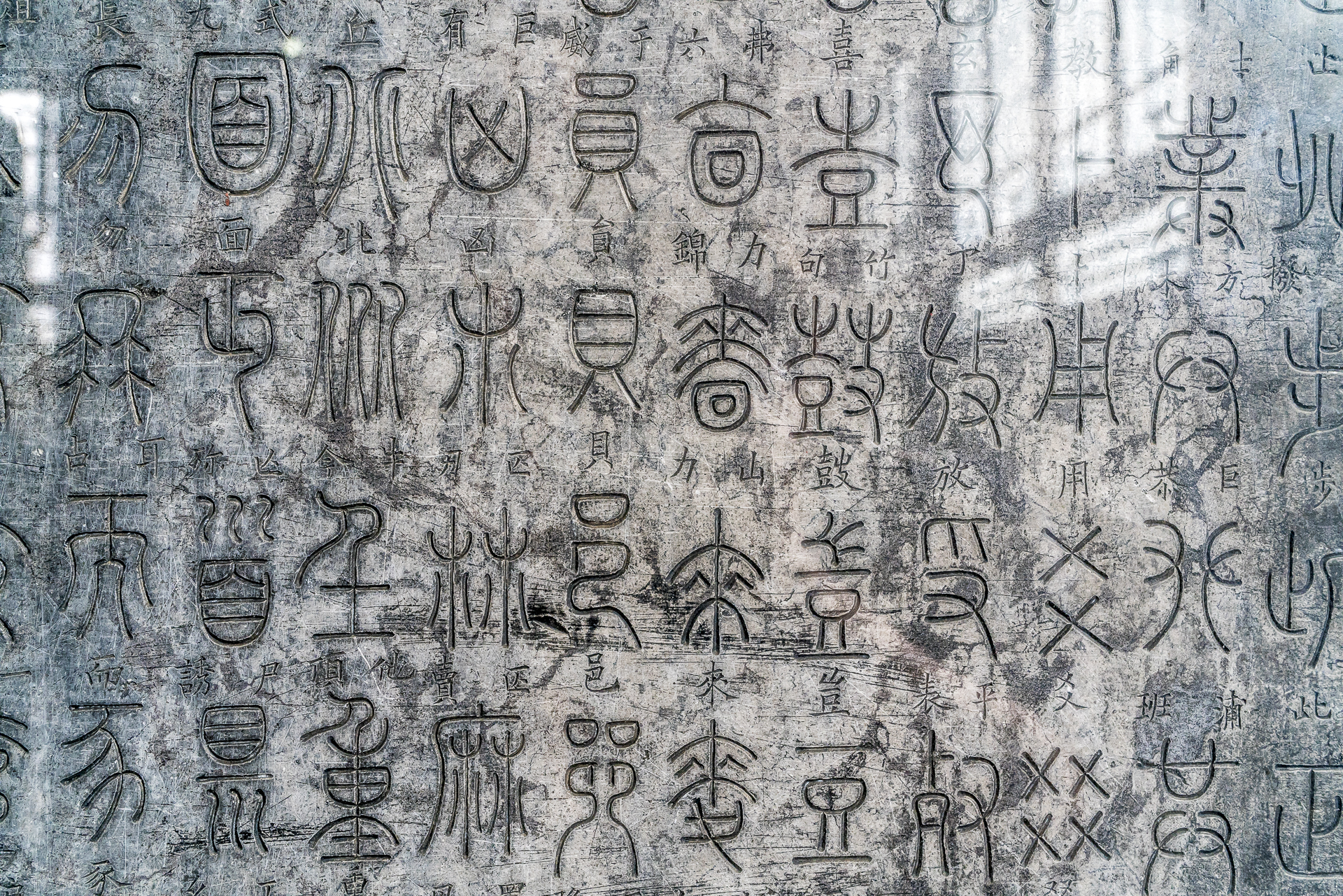
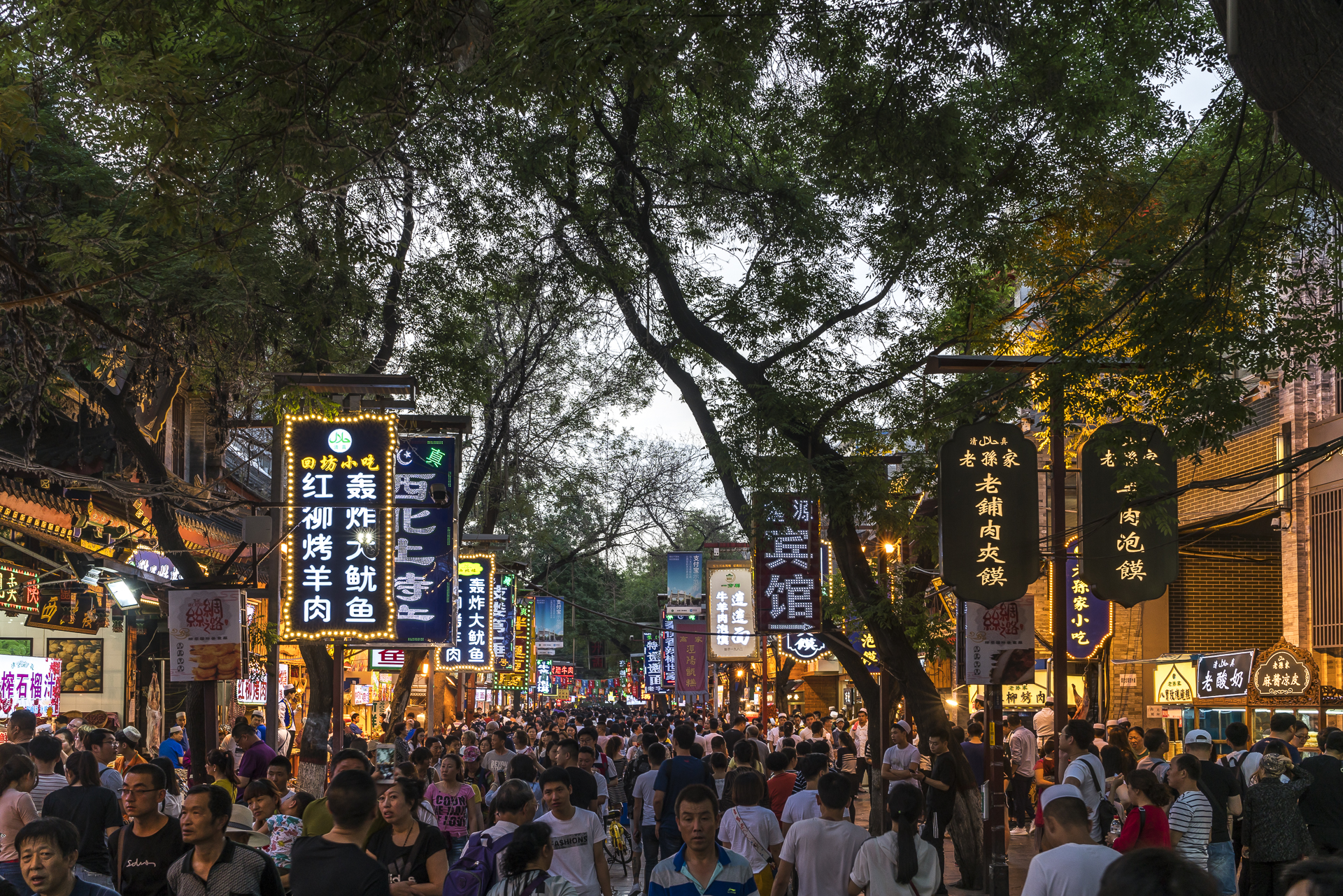
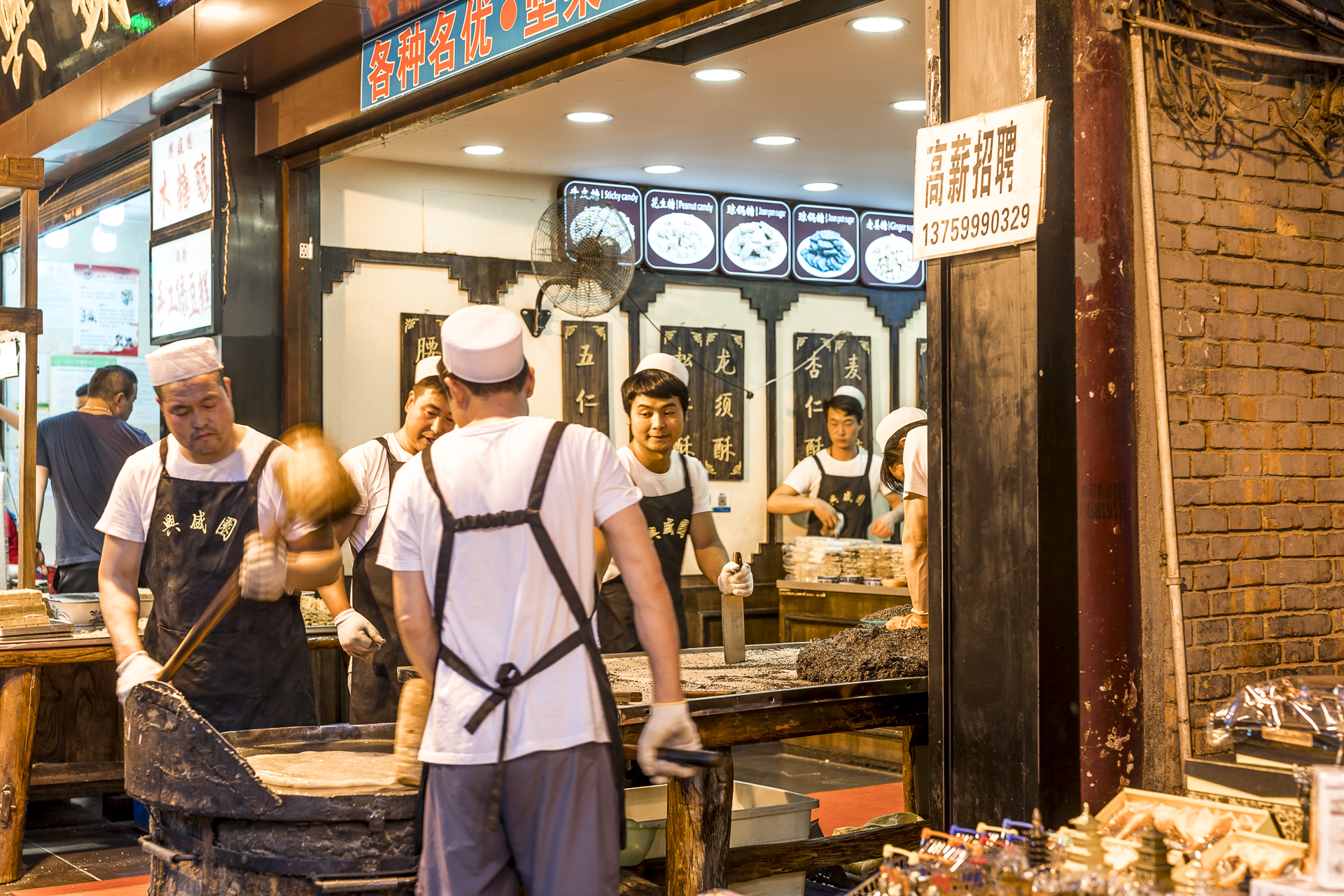
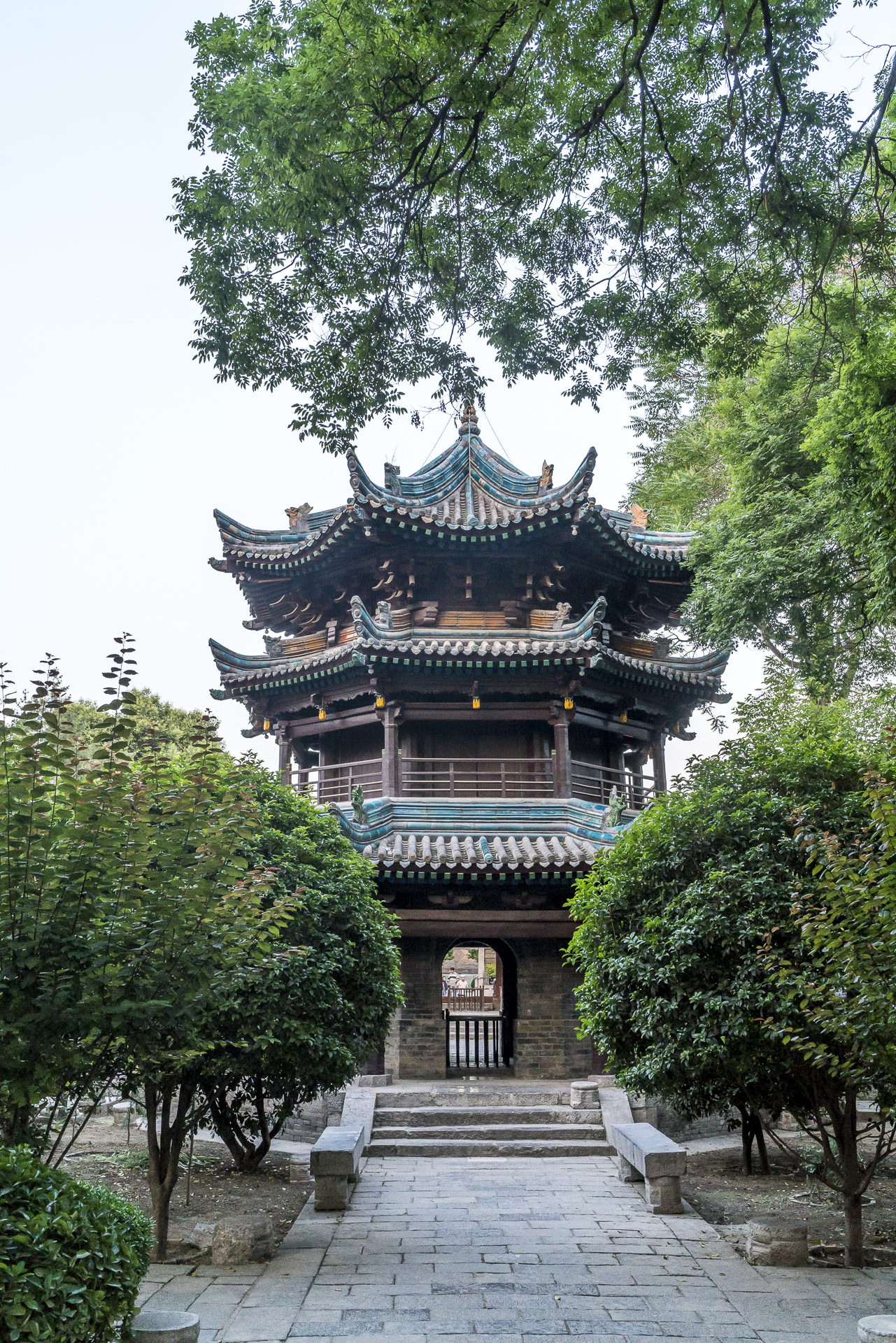
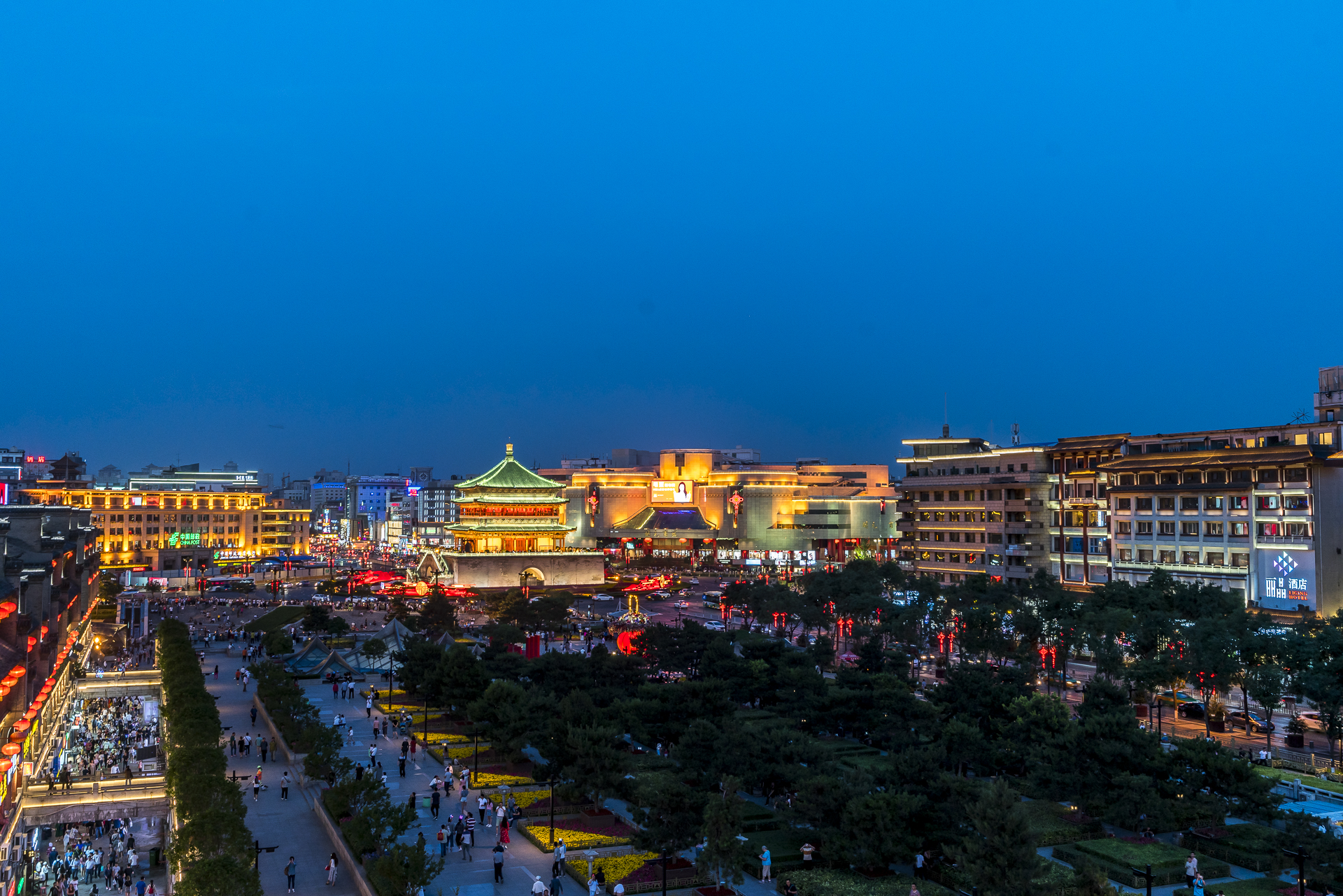
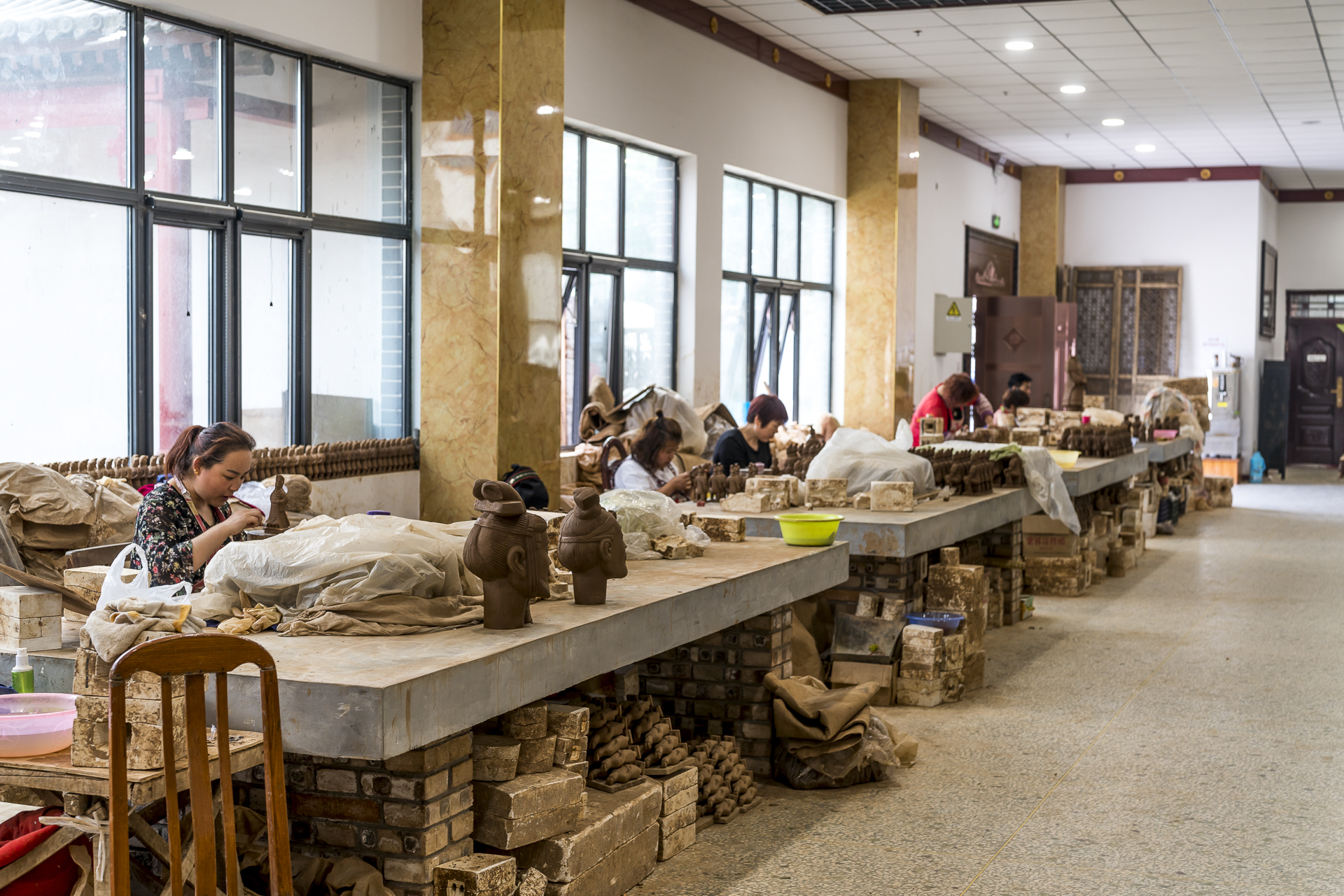
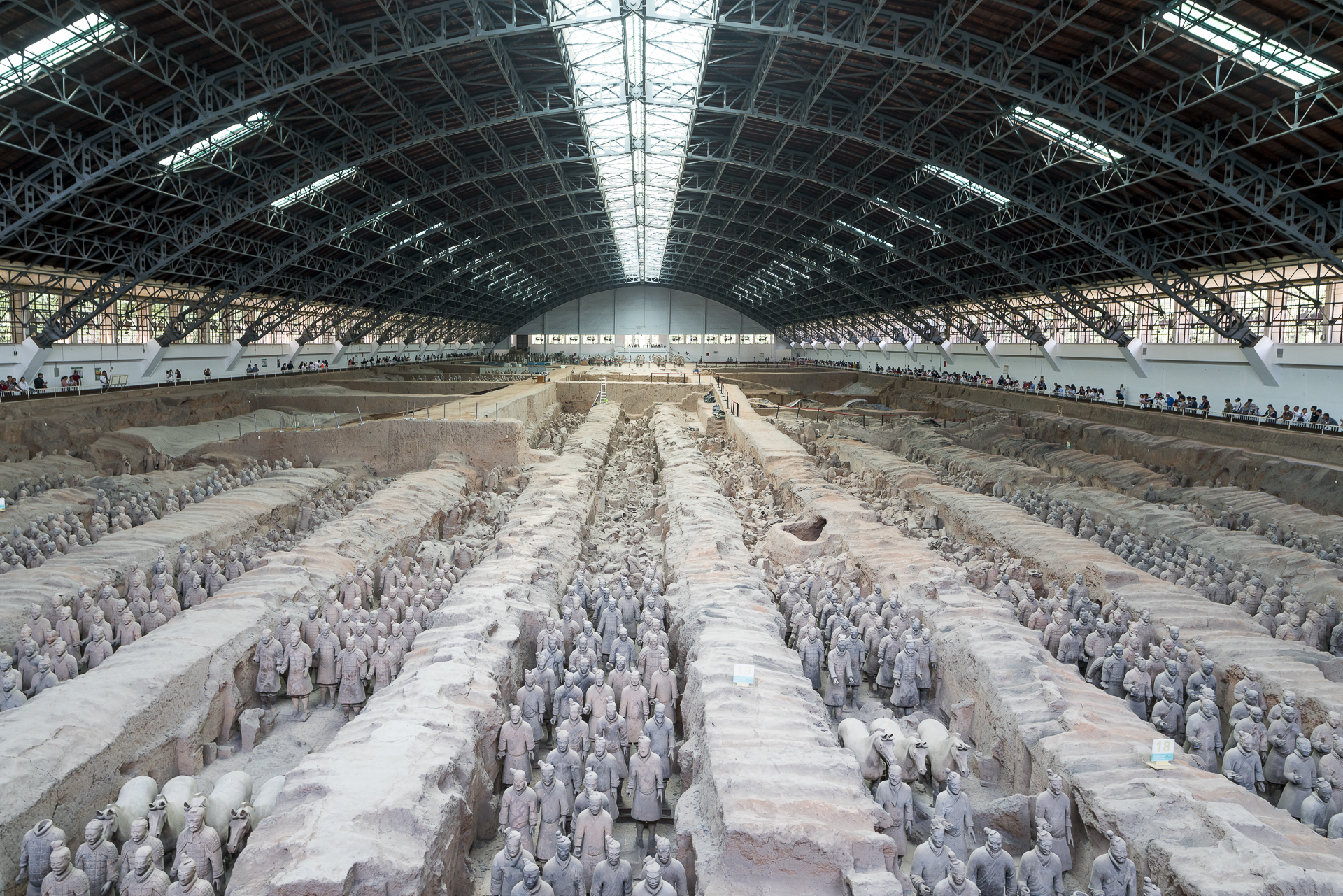
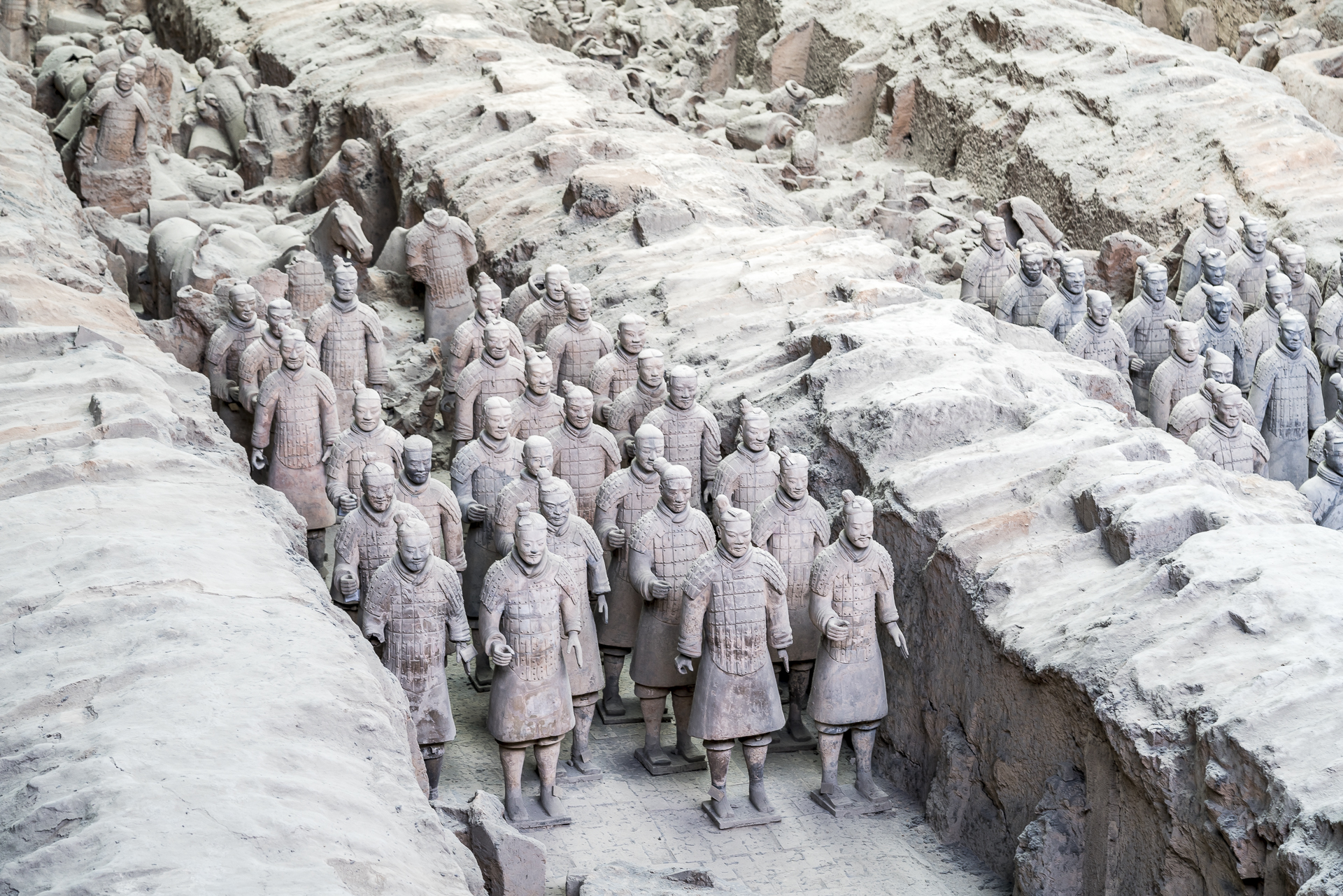
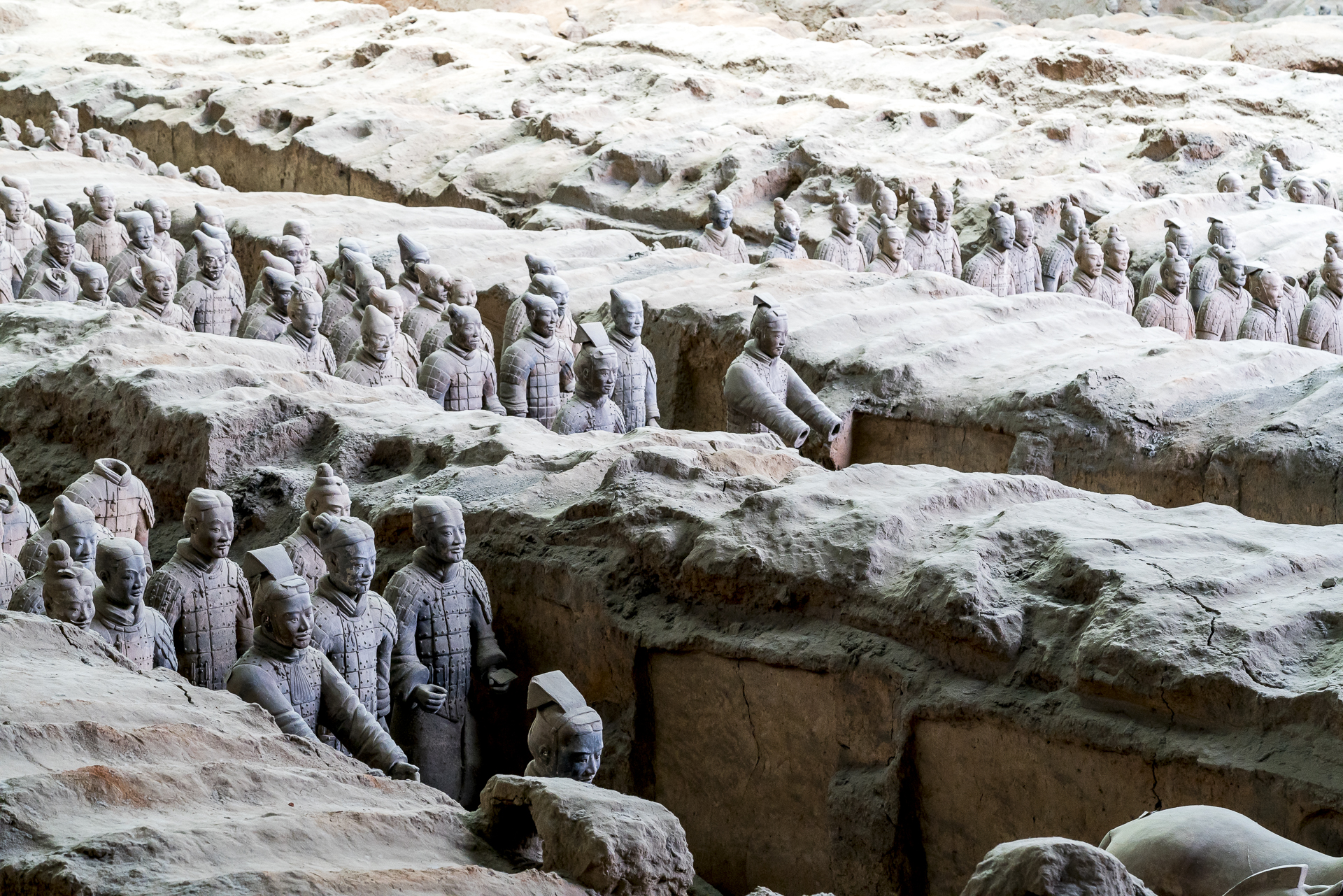
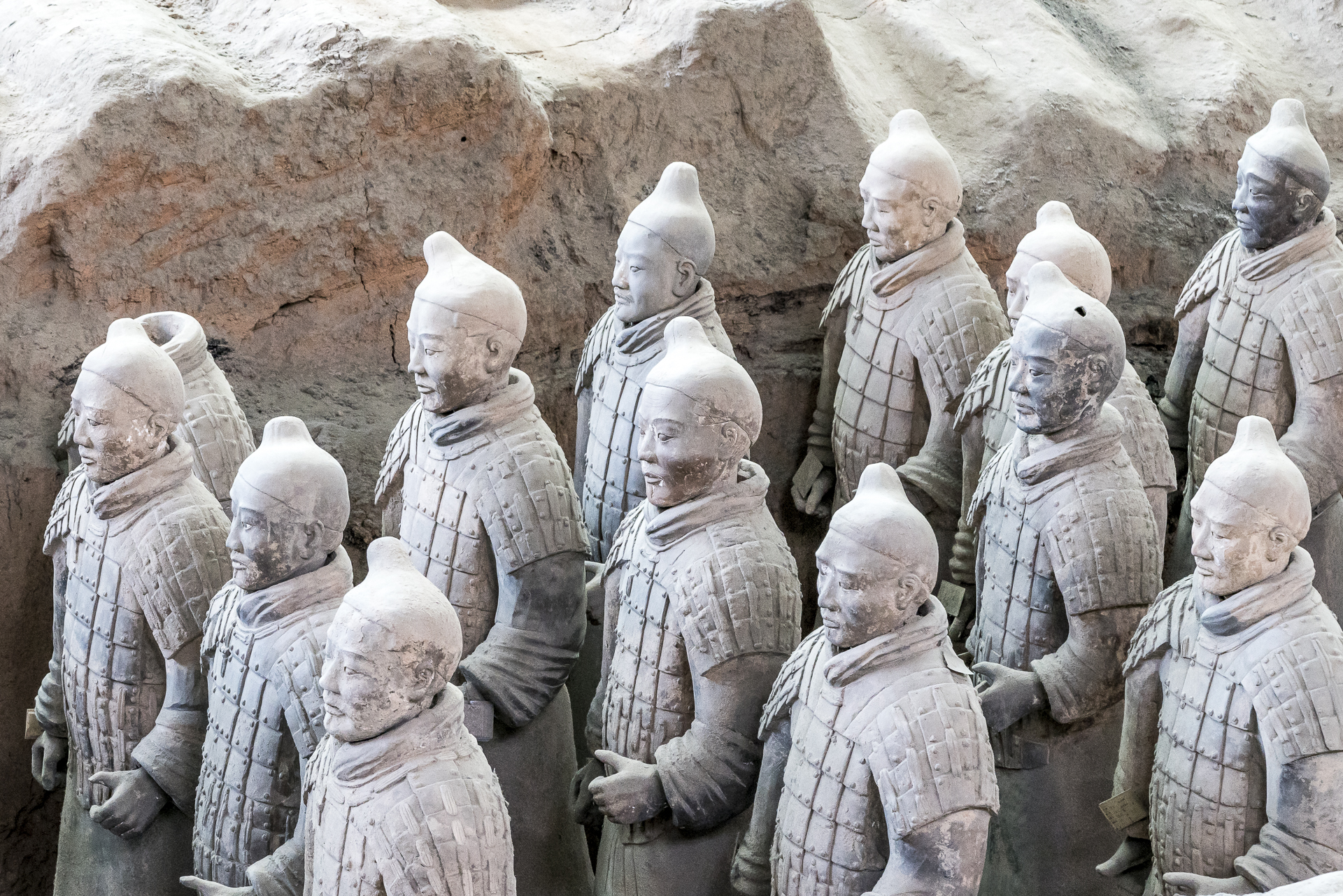
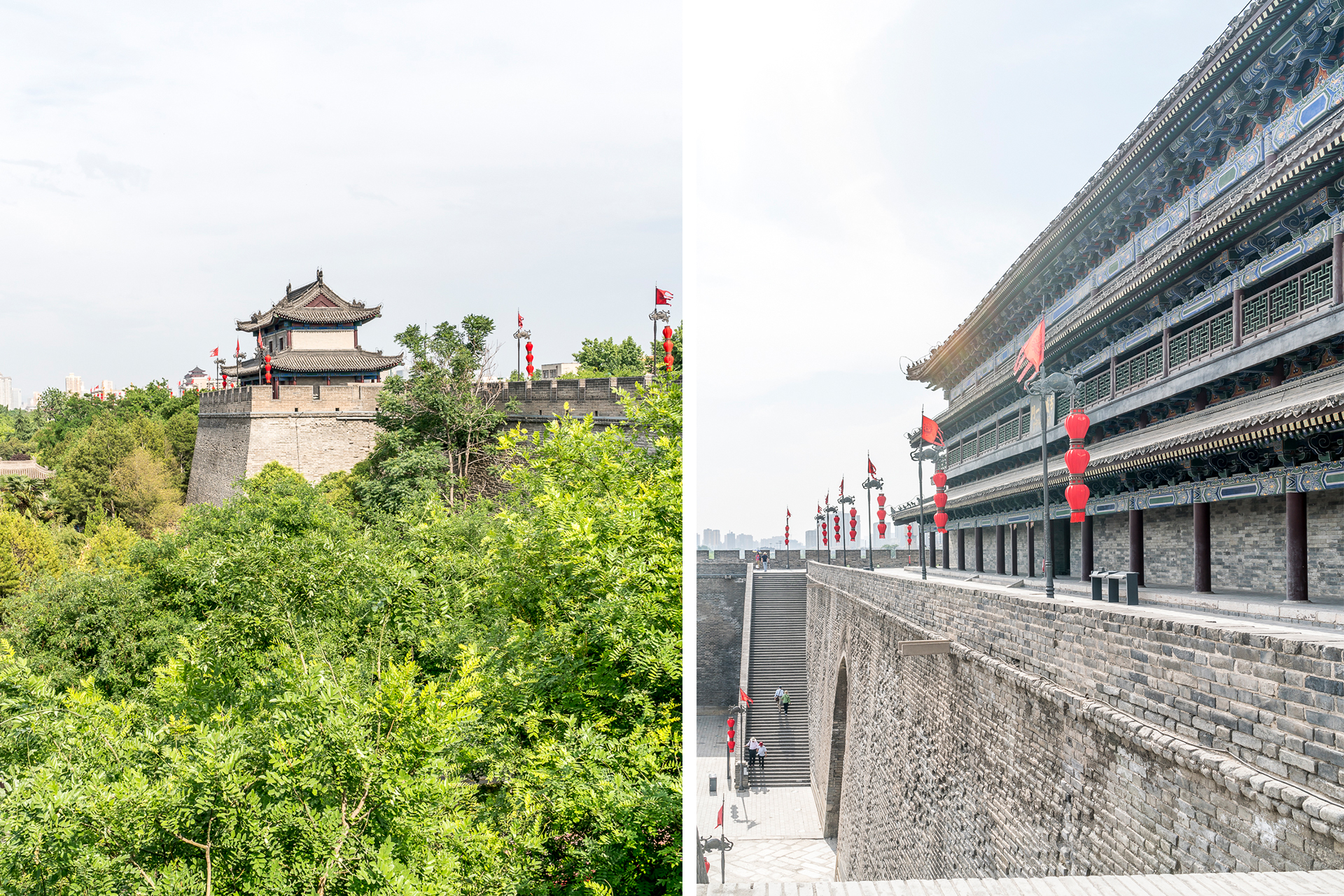

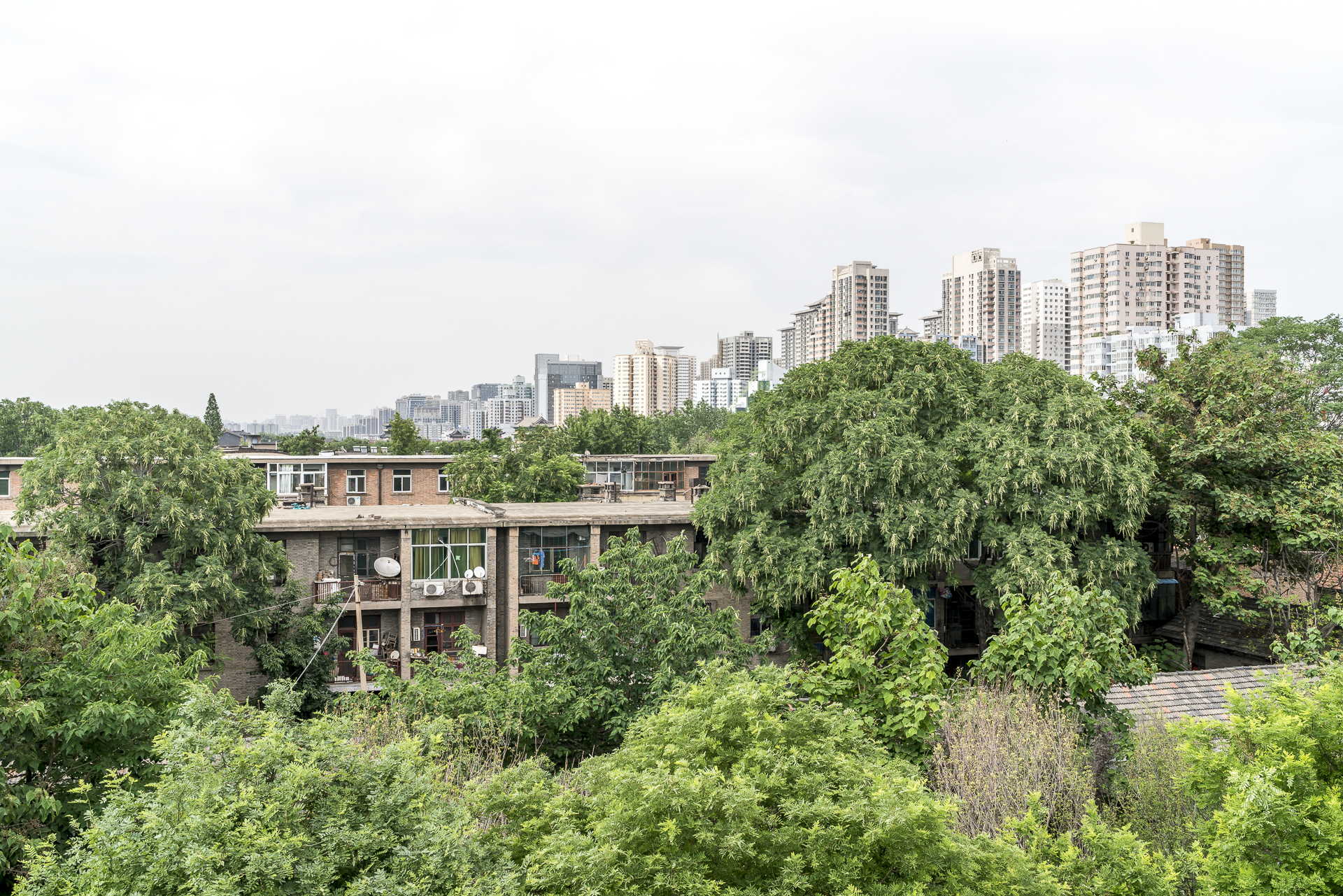
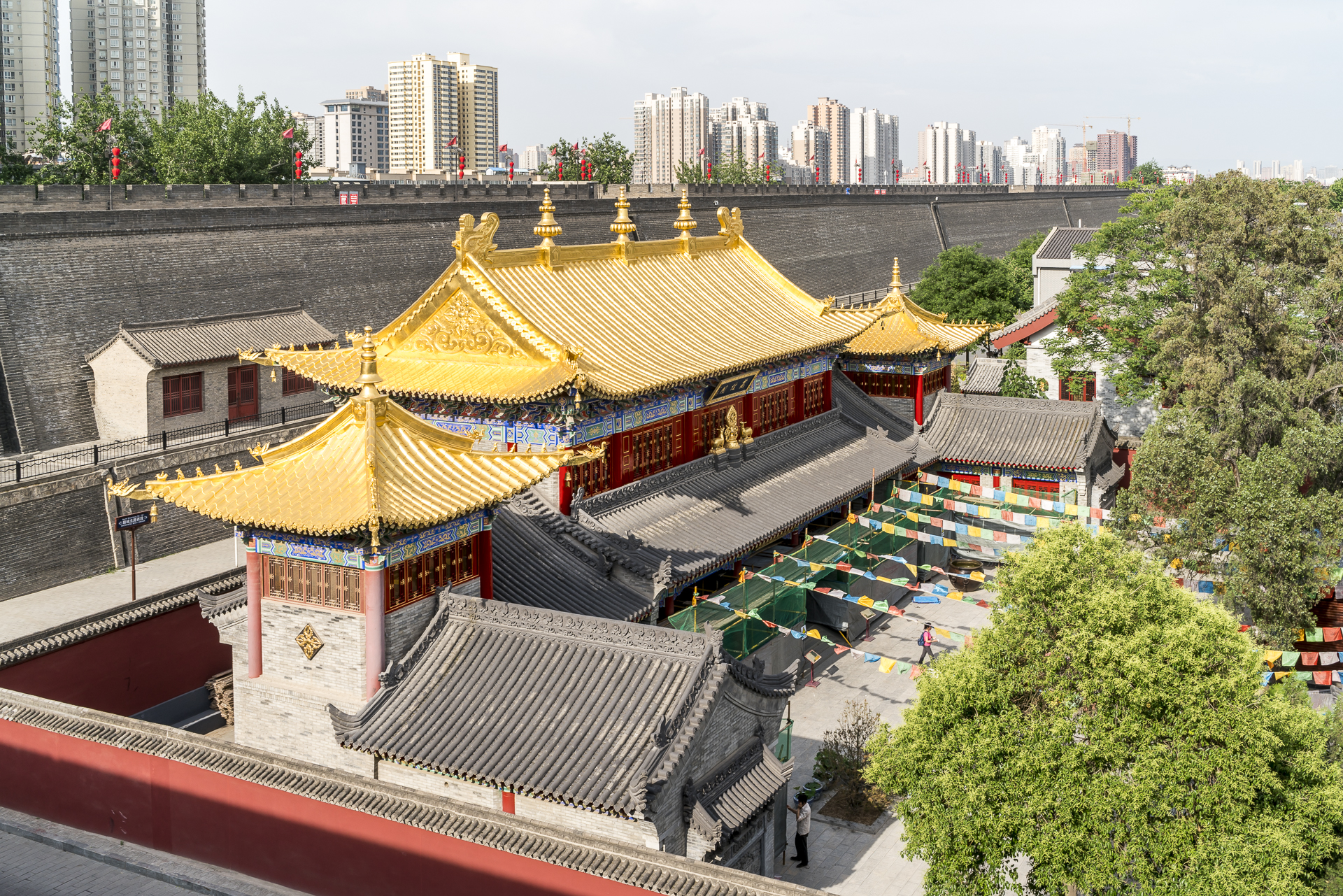
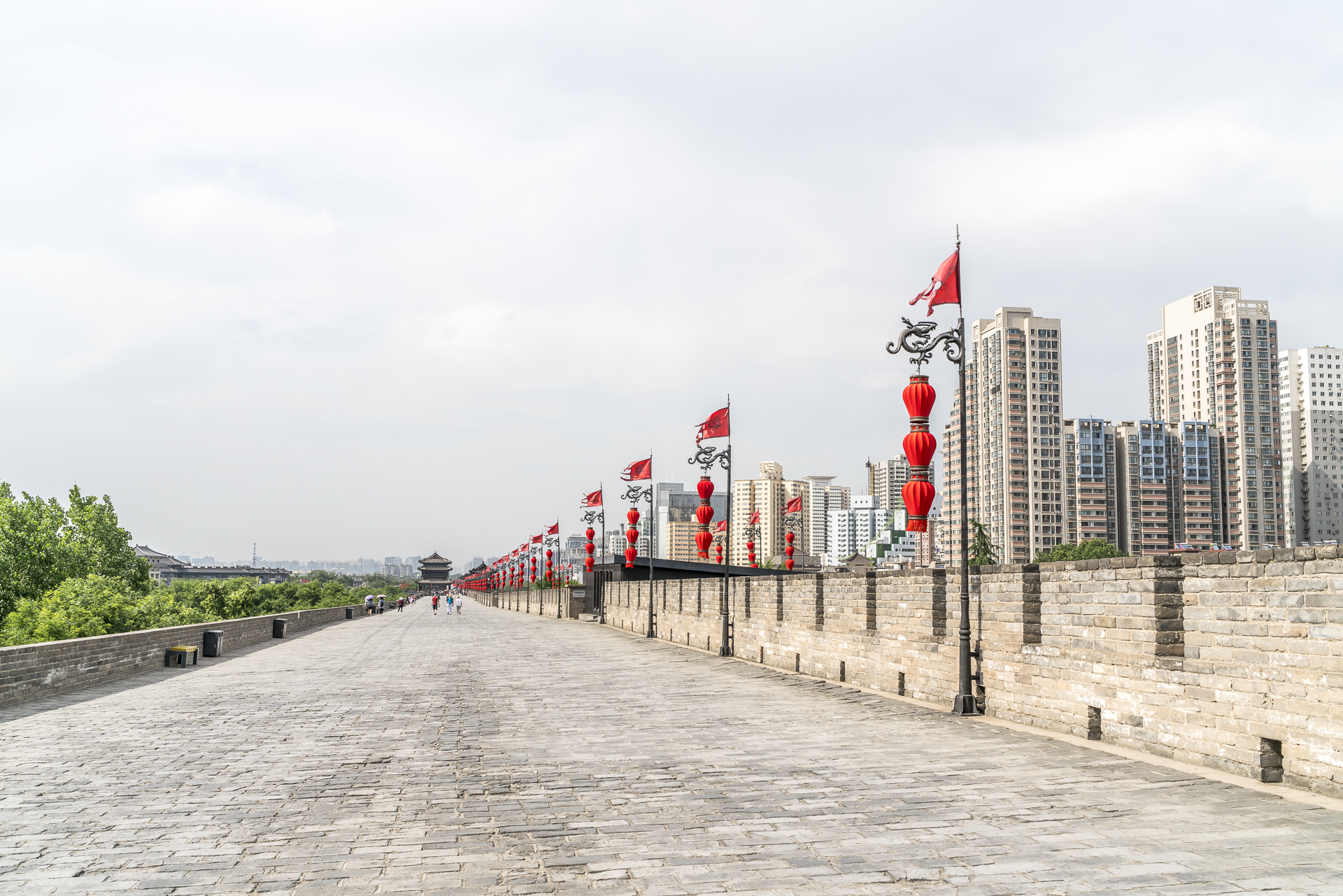


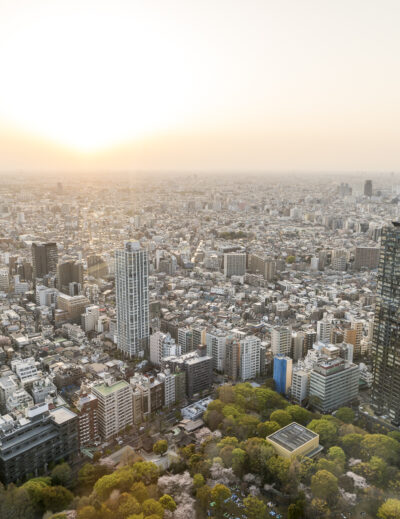
Leave a Reply